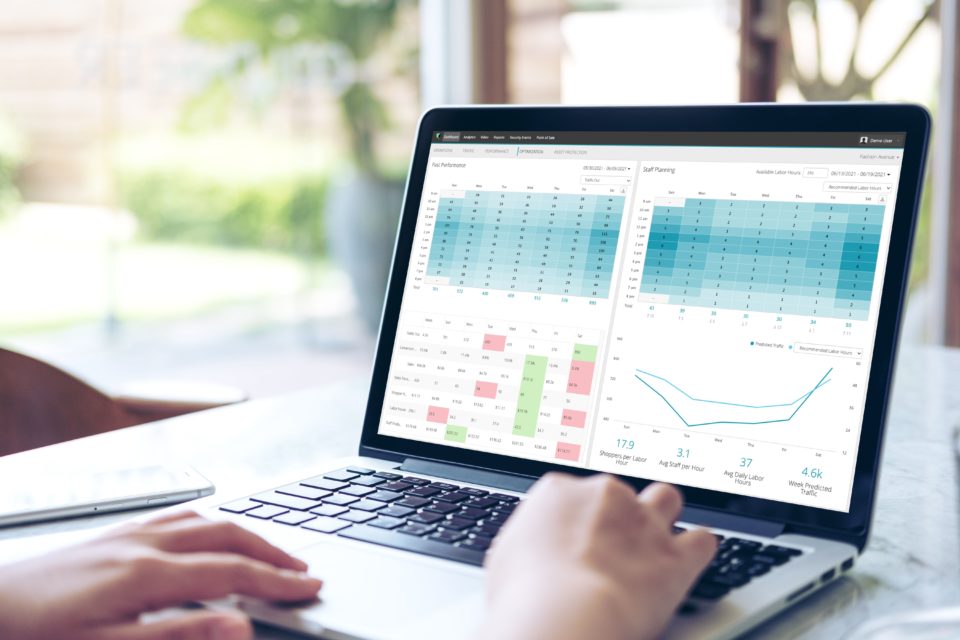Virtual and Augmented Reality in Retail

Imagine being transported to your favourite store while staying in the comfort of your own home. Trying on jewellery without it physically being there. Or being able to see exactly how a new sofa would look within your living room.
Oculus Rift and other Virtual Reality (VR) headsets expected to hit the consumer market soon (early 2016), meaning that virtual reality is coming to a living room or store near you. While Samsung Gear VR (co-developed with Oculus) and Google Cardboard are already retailing, the latest entrants are expected to deliver the next level in virtual experience.
“VR will potentially be as disruptive as the smartphone.” Facebook CEO Mark Zuckerberg

The retail world provides a perfect platform for augmented reality technology – a combination of virtual reality and reality – to thrive in a practical environment. Augmented Reality (AR) can allow retailers to bridge the digital and physical shopping experience.
What brands are using Augmented Reality in retail today?
Customers at Thomas Cook stores in Glasgow, Newcastle, Leeds, Birmingham and London can view holiday destinations in ‘360’ using Google Cardboard headsets. The content features videos of six Thomas Cook hotels and resorts, allowing potential holidaymakers to experience them in high resolution and creating an immersive retail experience that should boost sales.
John Lewis has created a virtual showroom in its Oxford Street store. Using Cimagine’s AR technology, the physical space becomes a virtual showroom as products such as furniture can be added to the real, instore environment. This brings the advantages of an extensive online inventory to the physical store.
Argos claims that it is using augmented reality on the largest scale seen yet in UK retailing, citing a richer experience for customers and their aim of bridging physical and digital channels. Using their smartphone or tablet, customers can scan pages on the Argos catalogue to discover more information, videos and competitions.

AstraZeneca display. Image credit: Misha Terrett
AstraZeneca created a fully immersive experience to bring their pharmaceutical offering to life at a recent event. Using AR technology, moving images on the ceiling could be scanned using an app on an iPad to find out more information.
Sally Hansen ManiMatch. Image credit: Holition
In the United States, Sally Hansen nail care brand is changing the shopping experience thanks to their ManiMatch augmented reality mobile app. The innovative technology – developed by Holition – allows users to try polish shades on their nails before they buy. It also generates personalised skin tone colour suggestions – using proprietary technology, the app analyses the pigments in each user’s hand, then tailors its polish-shade suggestions to the ones that will flatter the skin.
Next year, virtual reality will become more widely available when Oculus releases its consumer Rift headset that can be used for multiple virtual reality experiences. There are lots of different opportunities to apply virtual reality in retail from virtual dressing rooms to colour changing apps.
The future of virtual reality in retail is very exciting and a new way of omnichannel shopping is coming to life. As much as you have an online experience at home, you can have an online experience in store.
Are you going to provide your customers with an immersive retail experience using virtual reality? Should retailers start using this technology? Share your thoughts in the comments below.




